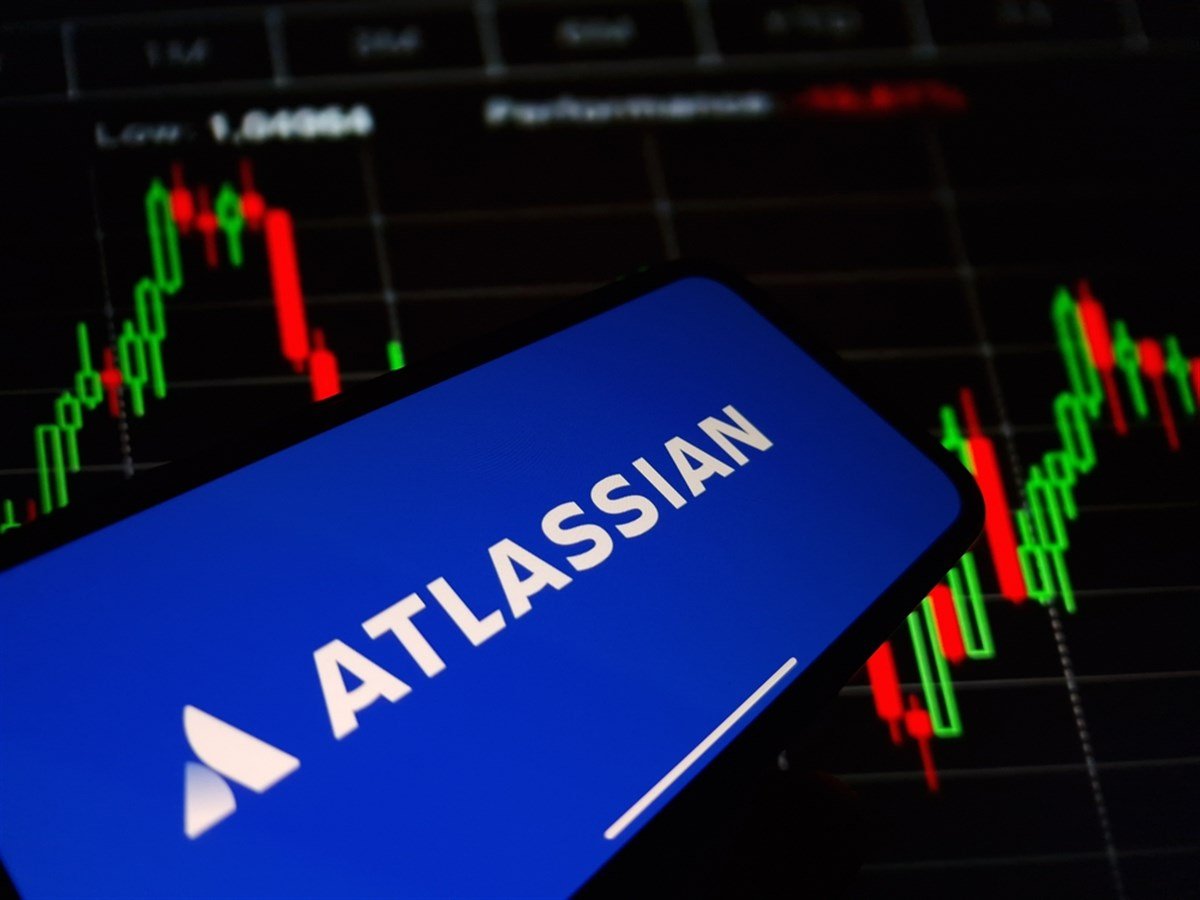Financial News
Is the dip in Atlassian stock a sneaky buy opportunity?

While the S&P 500 index was notching a fresh record last week, shares of software giant Atlassian Corporation (NASDAQ: TEAM) were reeling from a 15% drop. The driver behind the plunge, coming after an almost eighteen-month rally, was the company’s fiscal Q2 results, released on Thursday evening.
Considering Atlassian shares had benefited from the broad risk-on sentiment sweeping equities since November, gaining more than 50% in the weeks since then, expectations were obviously high for this report to knock it out of the park. Atlassian is still very much one of those tech companies whose shares skyrocketed during the pandemic but then collapsed as rates increased throughout 2022. But while many big tech names have gone on to undo all that damage, Atlassian is still in recovery mode.
Based on the recent results, it looks like it may be that way for some time. But for those of us on the sidelines, there’s reason to think this dip might actually be a sneaky buy opportunity and that all is not as bad as it seems. But first, let’s take a look at the numbers.
Strong headline numbers
As a rule, you always want to see a company beat analyst expectations for the headline numbers in a report, that’s earnings and revenue. Atlassian managed to do this, showing an impressive 21% year-on-year growth of the latter figure while it was at it. Quarterly subscription revenue was up more than 30% on the year, helping to drive overall revenue and gross profit to record highs.
Where things went wrong, though, was with the company’s forward guidance. Investors might forgive a headline miss if the forward guidance is stronger than expected, but rarely do they do the opposite. In Atlassian’s case, beating the consensus for revenue and earnings wasn’t enough to make up for the weak guidance, which spooked investors no end. Shares plunged at the open on Friday and closed lower again last night.
However, this is still the same Atlassian that found itself at the top of Oppenheimer’s top picks for 2024 last month and that teams from both Citi and Wells Fargo called a Buy less than a fortnight ago. Despite the softer-than-expected outlook, which is usually enough to justify a downgrade, Atlassian has had several heavyweights come out strongly in its defense.
Jeffries analyst Brent Thill pointed to the company’s long-term growth trajectory as a reason to remain bullish, even in the face of the near-term warning. William Blair took a similar stance as they reiterated their Outperform rating and acknowledged that some volatility was to be expected from the report while remaining adamant that Atlassian’s upside potential remains intact. Even the refreshed price targets, while lower than their pre-earnings level, suggest this current dip is an overreaction.
Potential upside
UBS, for example, adjusted their price target down to $250, which points to an upside of some 15% from where shares closed on Monday. We’re inclined to err on the side of being bullish and call this a rare buying opportunity in a stock that’s been rallying since the last quarter of 2022.
Atlassian shares were trading flat in Tuesday’s pre-market session, and if they can finish the day without having retested or fallen lower than Friday’s low of $211, then things should get interesting. Technically, the bears need to break that level to confirm the end of the uptrend, but if they’re unable to do that quickly, then the argument that this is an overreaction, and therefore a buying opportunity, will quickly gain momentum.
The stock’s relative strength index (RSI) has already fallen into the 30s, and while it’s not officially in oversold territory (it would need to be below 30 for that), it’s not far off. You can’t help but feel that the macro environment is too tech-stock-friendly right now for Atlassian to give up all the hard-won gains of recent months. Let’s see if shares can continue consolidating above last week’s lows, and if they can, get ready to back up the truck.
Stock quotes supplied by Barchart
Quotes delayed at least 20 minutes.
By accessing this page, you agree to the following
Privacy Policy and Terms and Conditions.



